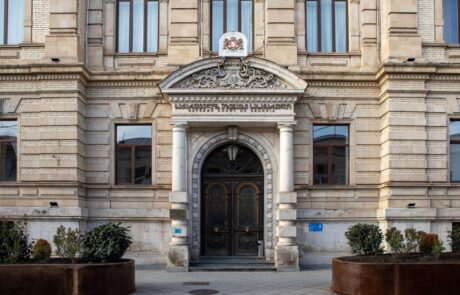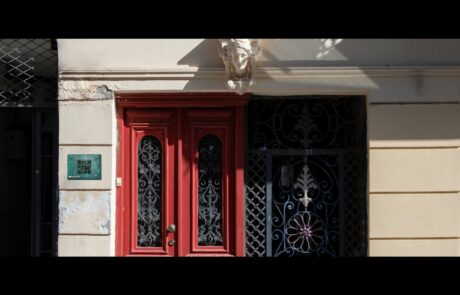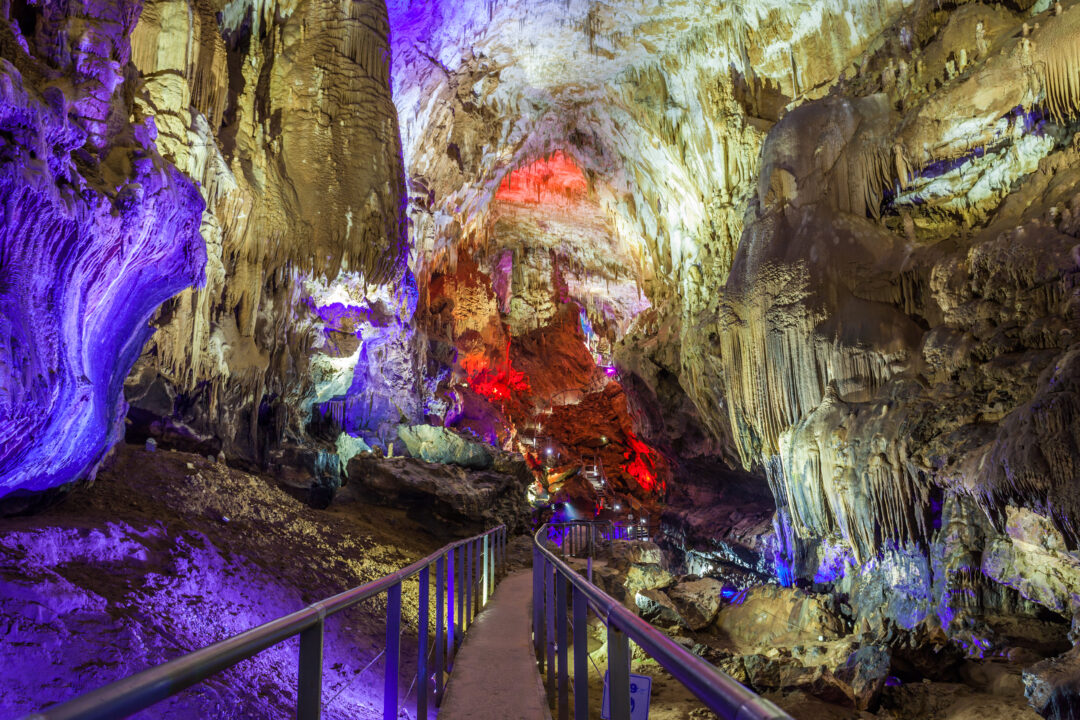Voices of Georgian Cities: How QR Codes Bring History to Life
When walking through the streets of a new or even familiar city, it’s always interesting to observe the details. Each walk can reveal something new, like an architectural feature, a hidden alley, or a story you hadn’t noticed before. You might find out who lived there long ago or what events took place within its walls. These small discoveries make every walk a little journey through time. Some prefer to gather all the information with a little help from a professional guide. But there is an alternate and widely known modern way as well. We live in a digital era, where one can literally get all the needed facts and data in seconds.
While wandering through Old Tbilisi, you’ll encounter historical buildings immersed in captivating stories. To ensure the tales aren’t left untold, there are QR code tiles on 187 landmarks. You can uncover fascinating details in the Georgian and English languages by simply scanning the code. This project, called Scan Tbilisi, was developed by a team of professional art historians, photographers, translators, and was executed by Silknet and SOLARTIA GROUP, with support from Tbilisi Development Fund and Tbilisi City Hall. The website of the project, Scantbilisi.ge provides the map where you can surf through all available spots, check photos, filter destinations by location types, streets, and working status.
Similar projects were done in Kutaisi and Batumi. According to the Kutaisi City Hall, the implementation of the project “Speaking Cultural Heritage Monuments” became possible based on a joint memorandum between the Kutaisi City Hall, Monument Protection, National Archives of Georgia, and Akaki Tsereteli State University. You can scan QR tiles by using an app called Kutaisi. At this point, there are 46 monuments within the project, both public buildings as well as private houses and bridges.
The project includes architectural information about cultural heritage monuments. Besides textual parts written in Georgian and English, there is an adapted audio version, a photo, and audio materials from the archive.
Adjara Cultural Heritage Protection Agency placed 240 similar cards on buildings with cultural heritage status in Batumi, a seaside city in Western Georgia. Batumi residents and city visitors can receive information about the history of Batumi and its cultural heritage by simply scanning the QR code.
Preserving history and providing knowledge are important parts of any country’s cultural progress. Projects that popularize, raise awareness and protect cultural heritage sites are what make it. Especially if it’s keeping pace with modernity and technological development to influence younger generations.
We created Memo — a brand where Georgian memories come to life.
Visit Memo By GSH and take a piece of Georgia with you – Www.memories.ge










